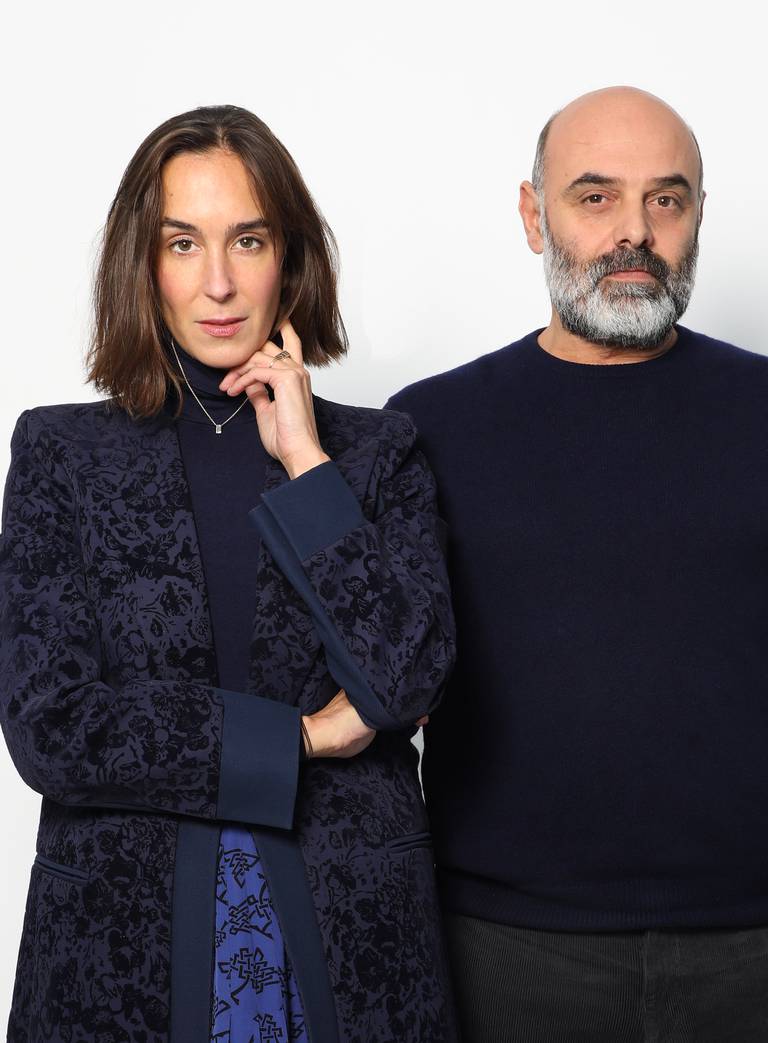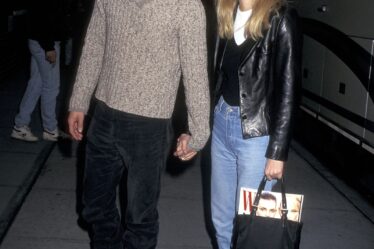
PARIS – Luxury sales growth is slowing after a post-pandemic boom, with e-commerce players among those taking the hardest hit. But Paris-based vintage website Re-See is betting on continued growth in the dynamic luxury resale space, bringing on its first external chief executive with experience leading one of the segment’s leading players.
ReSee founders Sofia Totti Bernardin and Sabrina Marshall have brought on Sebastien Fabre, co-founder of French luxury resale giant Vestiaire Collective and its CEO for nearly a decade, to help scale the business.
Since its founding in 2013, ReSee has championed a more curated, niche angle on luxury resale with a website that sources, authenticates, styles, photographs, measures and even reconditions vintage fashion in-house.
The model is labour-intensive and tricky to scale compared to the more automated processes of peer-to-peer platforms like Vestiaire Collective and The RealReal, which authenticate many products but mostly allow their community of sellers and buyers to determine assortment and pricing. Still, Resee’s high-touch approach has allowed the service to engage a high-spending niche of fashion fans: the average basket is over €1,400, co-founder Bernardin said.
Top-selling brands on the site are Chanel and Hermès — as with many vintage sellers which have reinforced their focus on labels whose’ products retain the most value on the secondary market — but also Céline (with the accent mark: shearling coats, square-toed ankle boots and poplin blouses by Phoebe Philo abound in ReSee’s showroom on Avenue Kléber in the 16th arrondissement).
“ReSee is really a fashion company — not a tech marketing company that is doing some fashion,” Fabre said.
Many e-commerce services that banked on rapid growth to recoup hefty investments in technology and customer acquisition are struggling as luxury demand slowed alongside a fast-rising cost of debt. ReSee, along with other niche luxury sellers like London’s HEWI and New York’s Dora Maar, hope to buck those headwinds with more targeted, high-touch propositions.
Careful vetting and measurement of products has helped Re-See achieve a return rate below 7 percent, as well as giving clients confidence to splash out on brands and products with hard-to-predict sizing, like archival Aläia and Jean Paul Gaultier or even unsigned items like a mod mid-century pleated dress with matching beret.
“We want to keep that human touch,” Bernardin said. “We believe luxury requires a brick-by-brick approach.”
While the service remains relatively small — Resee is targeting €25 million in revenue by 2025 — Resee has been profitable since its origins, Bernardin said.
Sales jumped by 90 percent last year — allowing the brand to attract around €3 million from investors including “Emily in Paris” creator Darren Starr last year, according to market sources familiar with the transaction.
This year growth has slowed to a “strong double-digit percentage” in 2023, Bernardin said. Still, ReSee’s operating model remains profitable, Fabre said, even as higher fixed costs from investments like the new showroom, revamped tech platform, and an expanded team have increased the pressure to scale.
“It’s quality supply that will drive growth for resale,” Fabre added. “Secondhand wasn’t in people’s behaviour a few years ago. So even if there’s less velocity on the client side right now, you have the recent growth in the primary market and so much more awareness of resale fueling the supply… But more than ever you need a strong curation approach.”
Fabre’s top priority is expanding operations to the US, where the company now ships 70 percent of products, but where it has not yet set up a hub for sourcing and vetting products. Other priorities include customer retention and re-engagement, honing the customer experience on its website, and ramping up marketing efforts to reach new customers.



